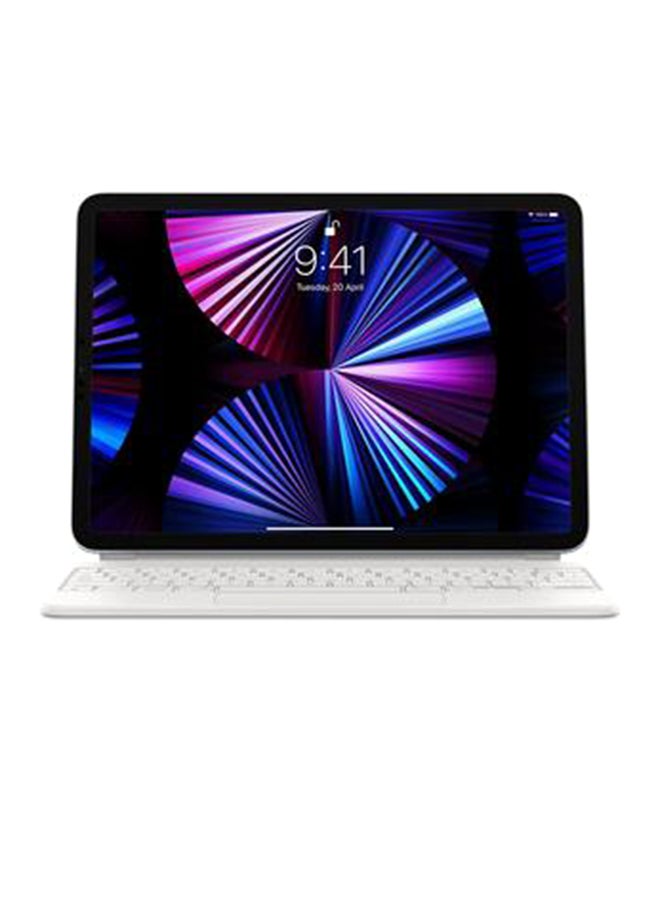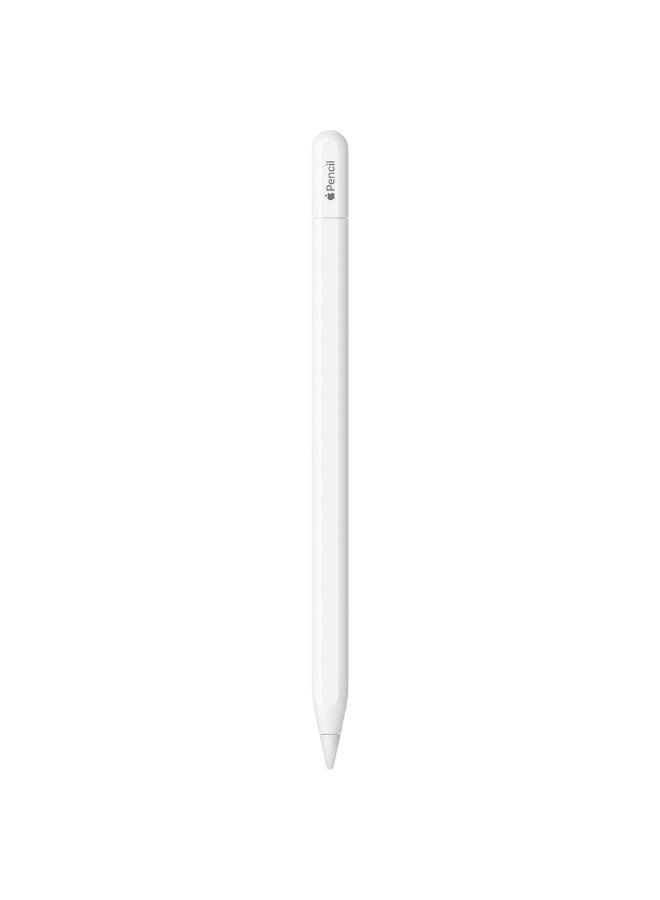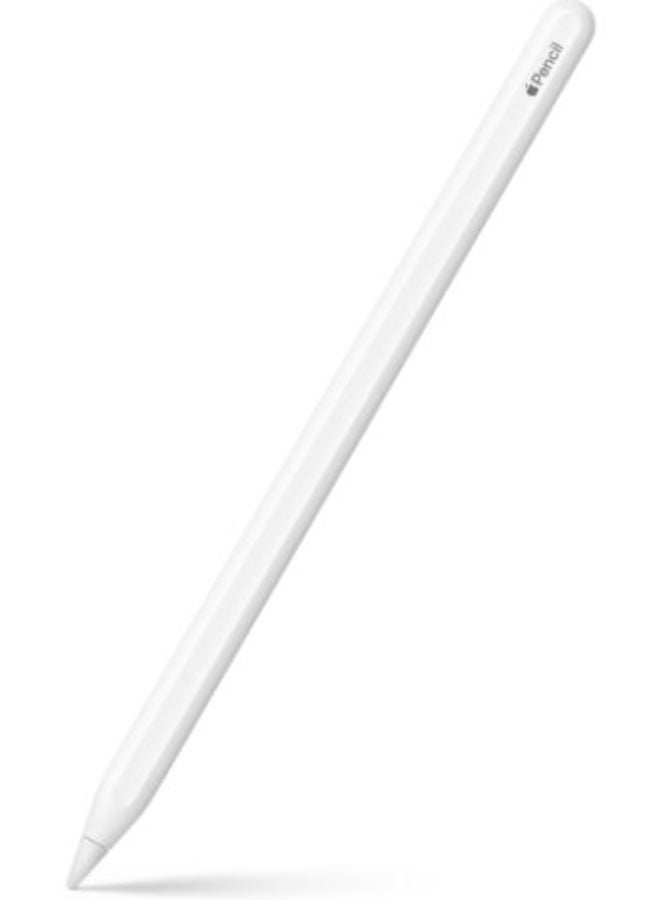English
- استرجاع مجاني وسهل
- أفضل العروض
Arduino Micro A000053
رقم الموديل : A000053
الآن:
115.00 د.إ.شامل ضريبة القيمة المضافة
 باقي 3 وحدات في المخزون
باقي 3 وحدات في المخزون
احصل عليه خلال 8 نوفمبر

ادفع على 4 دفعات بدون فوائد بقيمة ٢٨٫٧٥ د.إ.اعرف المزيد

قسمها على 4 دفعات ب ٢٨٫٧٥ د.إ. بدون فوائد أو رسوم تأخير.اعرف المزيد



1
الميزات الأساسية
- ATmega32U4 Microcontroller: The heart of the Arduino Micro is the ATmega32U4 microcontroller. It has 32KB of flash memory for storing your program, 2.5KB of SRAM for data storage, and 1KB of EEPROM for non-volatile data storage.
- Micro USB Port: The Micro has a built-in micro USB port, which can be used for both programming the board and providing power. It can act as a USB HID (Human Interface Device), allowing it to emulate keyboard and mouse functions.
- Digital Pins: The Arduino Micro has a total of 20 digital I/O pins, of which 7 can be used as PWM outputs. These pins can be used to interface with various digital components like LEDs, switches, and sensors.
- Analog Pins: There are 12 analog input pins on the board, which can also be used as digital I/O pins. These analog pins can be used to read analog sensor values or generate analog outputs using the built-in digital-to-analog converter (DAC).
- UART: The Microcontroller has hardware UART (serial communication) support, which allows you to communicate with other devices, such as a computer or another microcontroller.
المواصفات
| اسم اللون | green |
| نوع التوصيل | Micro USB |
| رقم الموديل | A000053 |
| اسم الموديل | Arduino Micro with Headers |
| عدد القطع | 20 |
Arduino Micro A000053
تمت الإضافة لعربة التسوق
مجموع السلة 115.00 د.إ.







